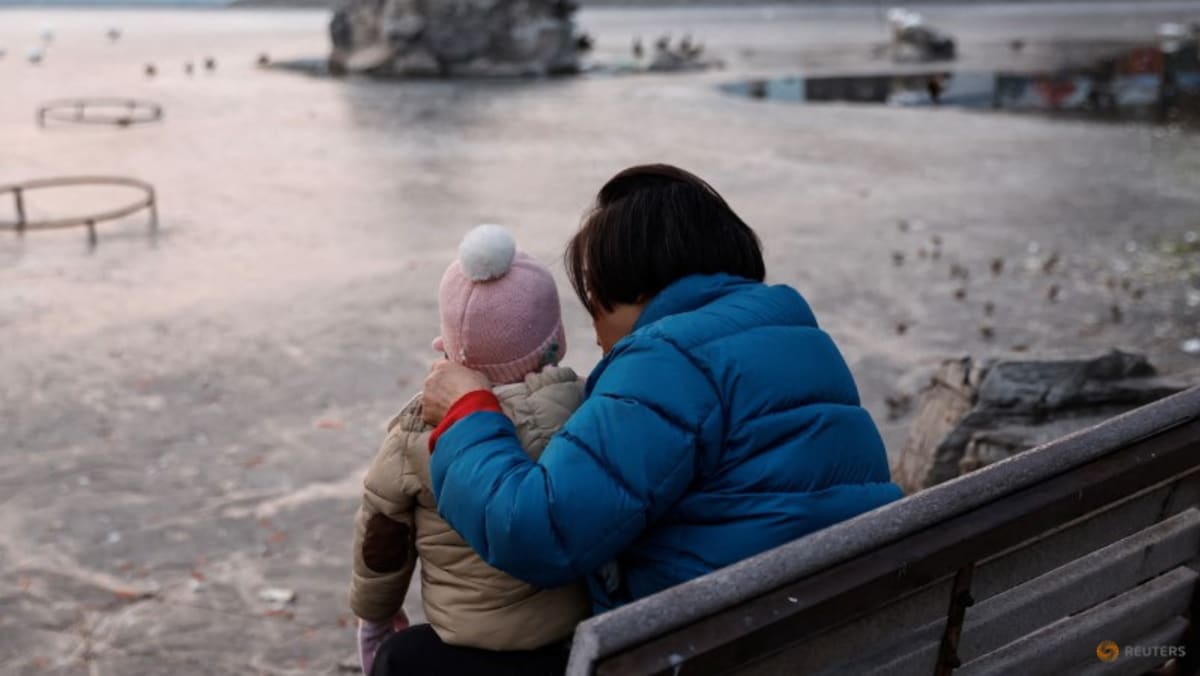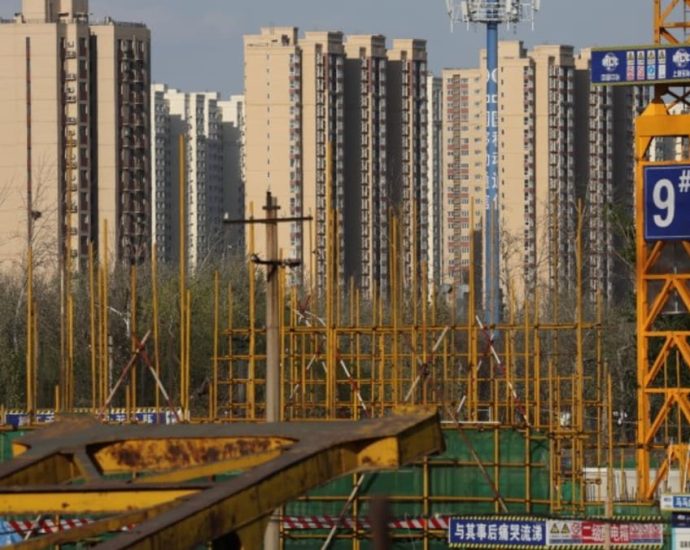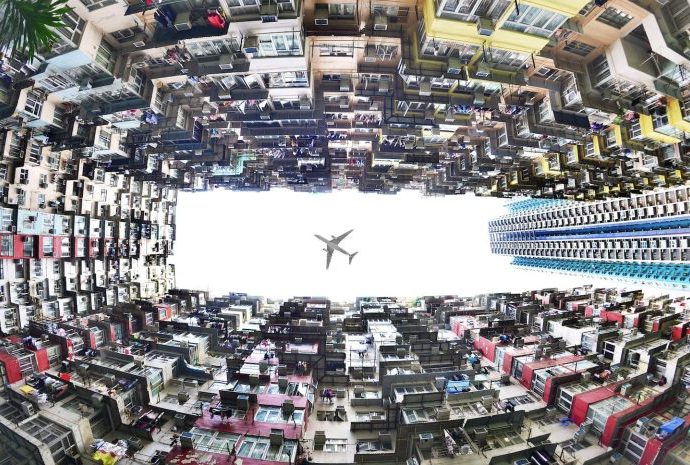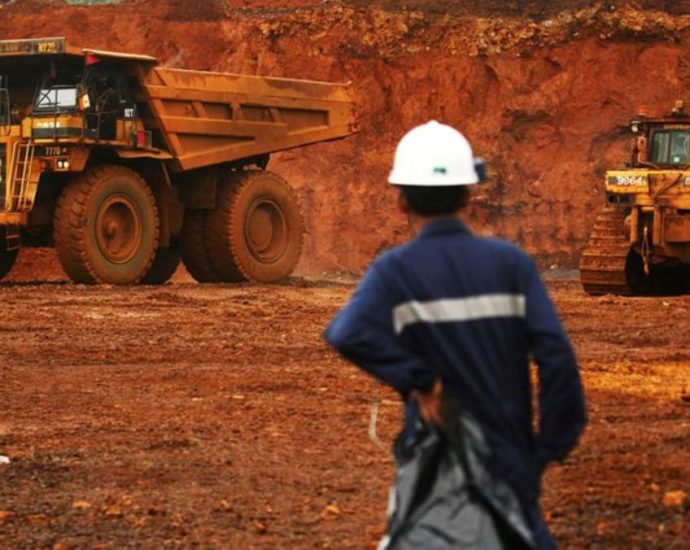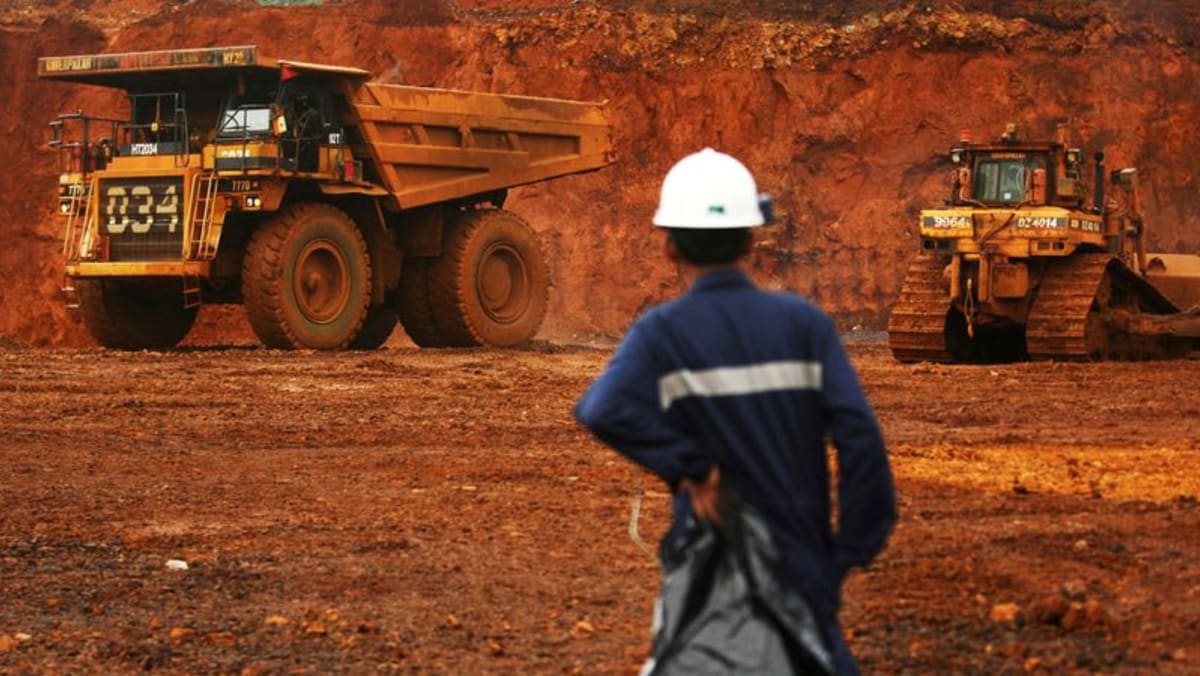Bitcoin ETFs not approved for retail investors in Singapore: MAS

SINGAPORE: Spot Bitcoin exchange-traded funds (ETFs) are not approved for offer to retail investors in Singapore, said the Monetary Authority of Singapore (MAS), a week after the US gave the green light for such products.
Those who choose to trade the products in overseas markets must exercise extreme caution, MAS said in response to CNA’s queries on Tuesday (Jan 16).
The US Securities and Exchange Commission (SEC) on Jan 10 approved the first US-listed ETFs to track Bitcoin, offering institutional and retail investors exposure to the world’s largest cryptocurrency without directly holding it.
On its first day of trading, US-listed Bitcoin ETFs saw US$4.6 billion worth of shares trade hands, according to LSEG data.
However, SEC chair Gary Gensler said the approvals were not an endorsement of Bitcoin, calling it a “speculative, volatile asset”.
ETFs, which are part of the collective investment schemes (CIS) accessible to retail investors in Singapore, are regulated under the Securities and Futures Act, said MAS.
Investors also face restrictions on the types of assets they may invest in. MAS has not approved Bitcoin and other digital payment tokens (DPTs) as eligible assets for retail CIS.
“Given this, spot Bitcoin ETFs are not approved by MAS for offer to retail investors,” said MAS.
The regulator defines CIS as an arrangement in respect of any property in which the participants have no day-to-day control over the management of the property; or participants’ contributions are pooled and profits or income from which payments are to be made are pooled.
The arrangement will allow participants to share in or receive profits or income generated.



